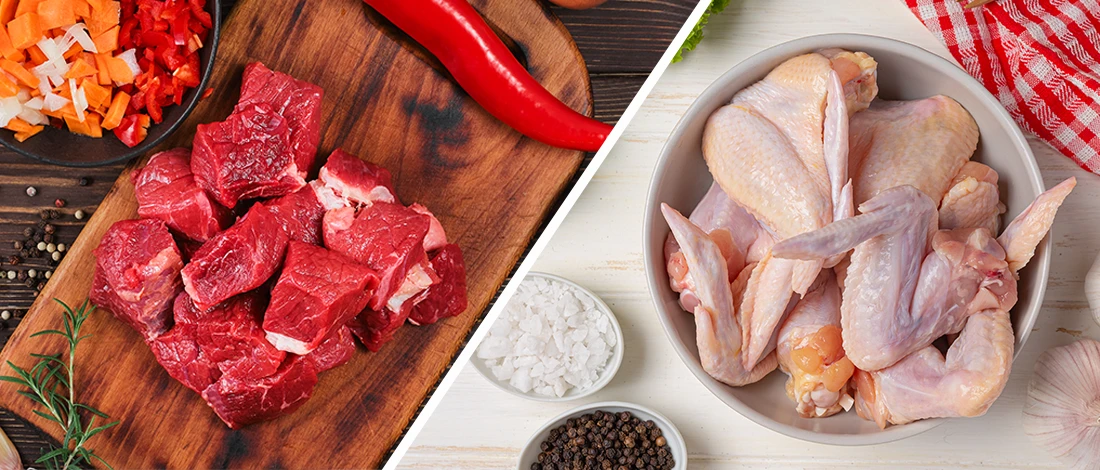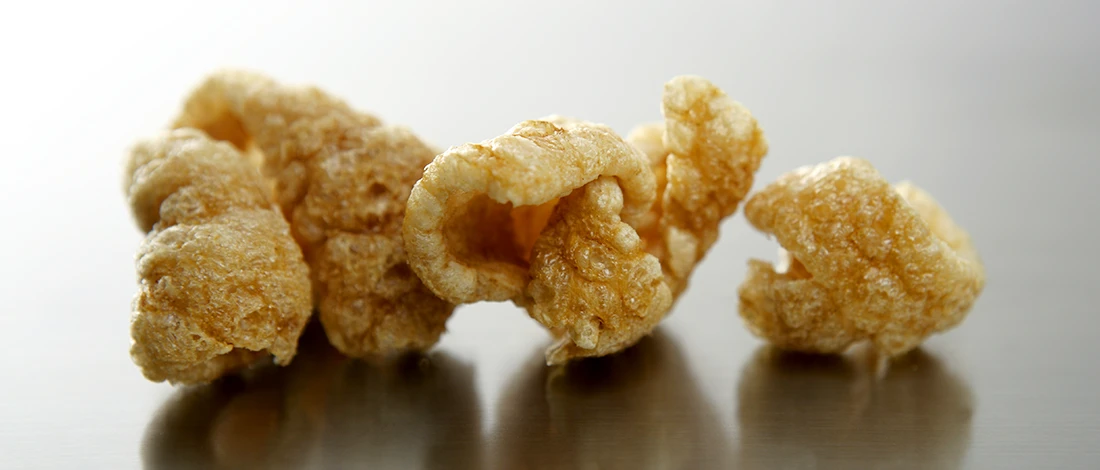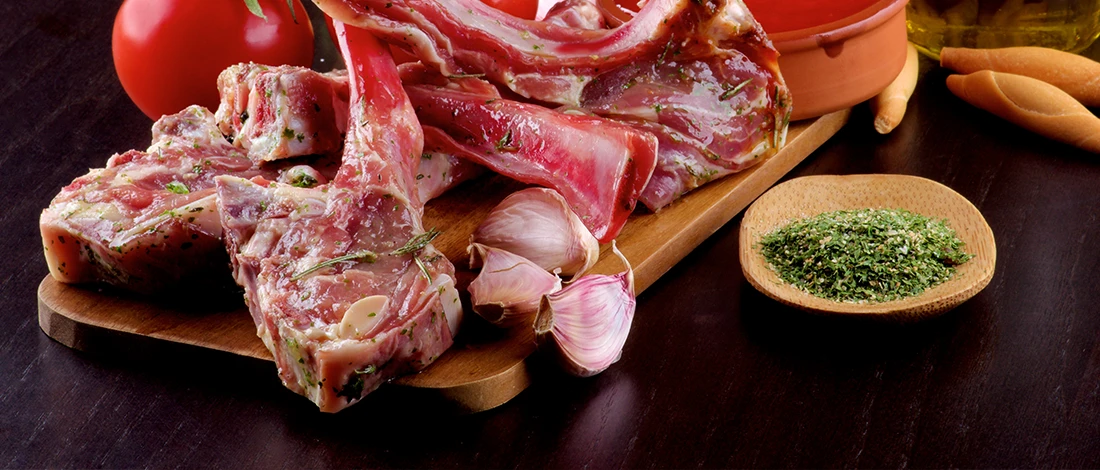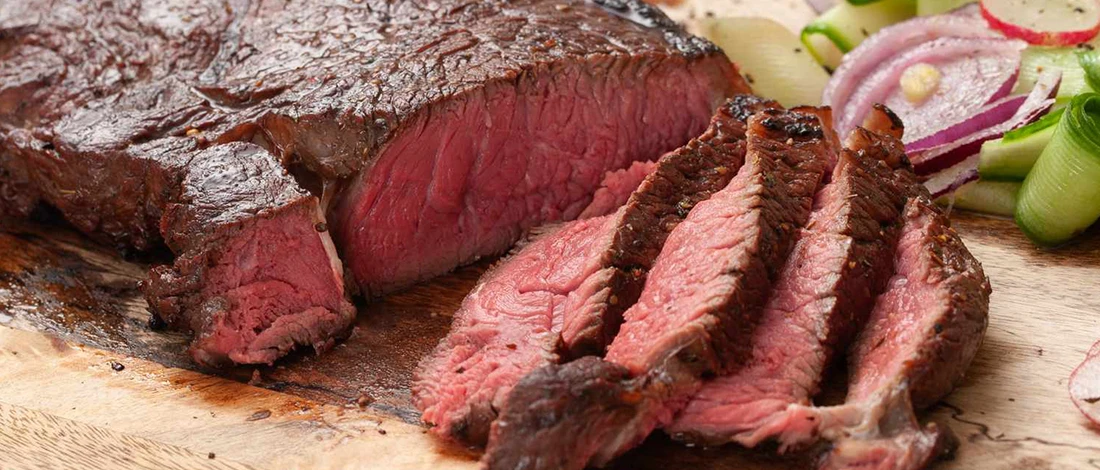I’ve been on a carnivore diet for over a decade and have made a dish with pork at least twice a week as a regular part of my diet.
Whether pork qualifies as red or white meat is not only a matter of classification but also holds implications for our nutritional choices. So, as a seasoned nutritionist with years of experience, I wanted to learn how to classify pork.
Therefore, I dedicated extensive research hours, consulted with fellow nutritionists, checked what the USDA says, and drawn upon my industry experience to answer the question of this topic.
Here are my findings.
Quick Summary
- According to the scientific classification and the USDA, pork belongs to red meats.
- Pork is considered white meat because it has white color before and after cooking.
- Pork is rich in several vitamins and minerals.
Is Pork Red Meat?

Pork is red meat. In fact, before the 80s, pork was considered red meat. Then, the pork industry started a campaign in the 80s that got people to think of pork as white meat.
In 1987, the National Pork Board invested $7 million into a campaign that advertised pork as lean meat and called it “the other white meat,” where the confusion started.
1. USDA Classification
USDA classified pork as red meat for two reasons:
- Pork has more myoglobin than poultry and fish.
- Pork is classified as livestock because it comes from farm animals, such as beef, lamb, and veal [1].
Because the USDA classifies pork as red meat, scientific and nutritional institutions do as well.
2. Culinary Classification
According to culinary tradition and classification, pork doesn’t belong to red but white meat. White meat is meat that’s a pale color before and after cooking, similar to pork.
“Pork is classified as "red" meat because it contains more myoglobin than chicken or fish. When fresh pork is cooked, it becomes lighter in color, but it is still a red meat. Pork is classed as "livestock" along with veal, lamb, and beef. All livestock are considered "red meat."
- The United States Department of Agriculture
Red vs. White Meat
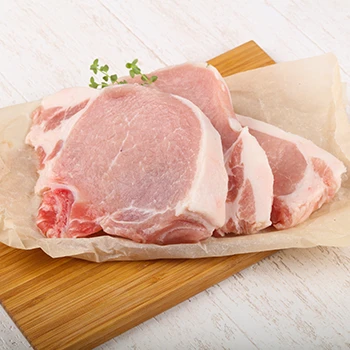
Meats are divided into red and white meat based on their color, i.e., the amount of myoglobin found in an animal's muscles.
Myoglobin is a high-quality protein that makes the meat red when exposed to oxygen [2].
For example, fish and poultry are considered white meat, and they have less myoglobin than red meats, so their color isn’t as red.
Other factors influencing the division into white and red meat are the animal’s sex, age, diet, and activity.
Exercised muscles have more myoglobin because they need more oxygen to work properly, so this meat is darker.
Packaged and processed meats also have color variations. Beef, lamb, pork, and veal should be cherry red, dark cherry red, or pale pink, while poultry should be white to yellow.
USDA classifies any meat from a mammal as red meat because mammals have a high amount of myoglobin, which is another reason pork is red meat.
Even though pork can become lighter in color when you cook it, it’s still classified as red meat.
Scientific studies link red meat with an increased risk of heart disease, cancer, and higher mortality, and pork can lead to these, so it’s thought of as red meat [3].
Pork Nutrition

For the past two years, I’ve been ordering cuts from ButcherBox. The company sells the highest-quality pork from sustainably raised animals without additives or hormones.
Pork has a reputation for being unhealthy. However, pork is a good source of nutrients and proteins.
Here’s the nutrition information for 100g of pork loin:
- Calories: 192
- Protein: 26g
- Fat: 8.8 (saturated fat content 2.8g)
- Fiber: 0
- Sugar: 0
Moreover, pork is a great source of selenium, thiamine, vitamins B6 and B12, zinc, and iron [4].
We need thiamine for normal body functions, and pork products have more thiamine than beef and lamb.
Vitamins B6 and B12 provide blood cell formation and aid brain function, and selenium is good for thyroid function [5] [6].
Several studies found that pork’s unhealthy reputation is unjustified, and no evidence links red meat to heart disease or cancer [7] [8]. Even saturated fats found in pork aren't bad.
You don’t have to stress over these health concerns as long as you eat unprocessed instead of processed meat.
Tip: Ask for fresh lean pork cuts for the most health benefits when buying pork, especially if you want to consume fewer saturated fats.
Related Articles:
FAQs
Is Pork Healthy Red Meat?
Pork is a healthy red meat because it offers essential nutrients like protein, vitamins, and minerals. However, its healthiness depends on how it's prepared and consumed.
Why is Pork Considered White Meat?
Pork is considered white meat because it has a pale color before and after cooking.
References:
- https://www.fsis.usda.gov/food-safety/safe-food-handling-and-preparation/meat/
- https://pubmed.ncbi.nlm.nih.gov/23190143/
- https://jamanetwork.com/journals/jamainternalmedicine/fullarticle/1134845
- https://www.nutritionix.com/food/pork-loin/100-g
- https://www.ncbi.nlm.nih.gov/pmc/articles/PMC4772032/
- https://www.ncbi.nlm.nih.gov/pmc/articles/PMC5307254/#:~:text
- https://pubmed.ncbi.nlm.nih.gov/26068959/
- https://www.ncbi.nlm.nih.gov/pmc/articles/PMC4532752/


